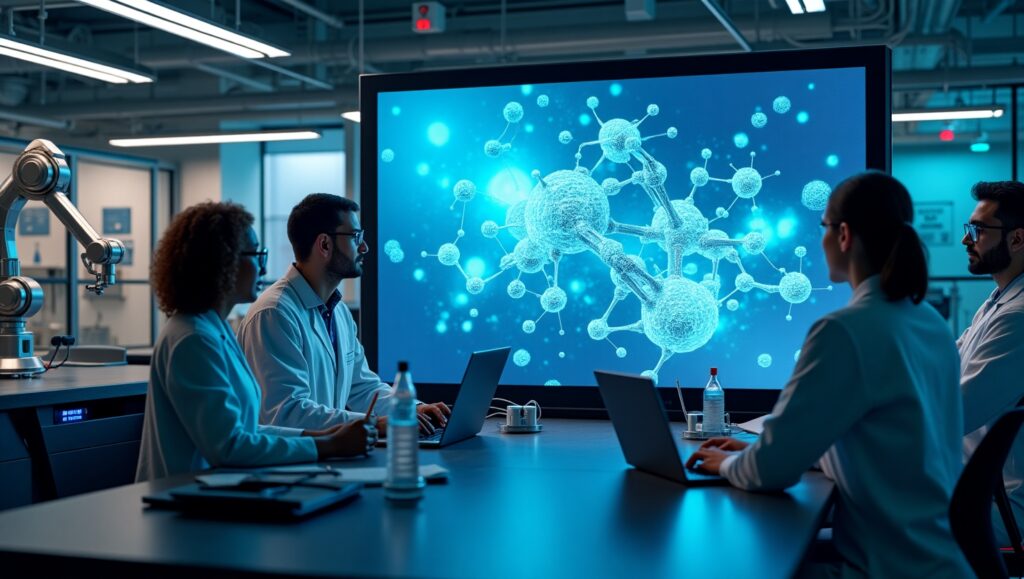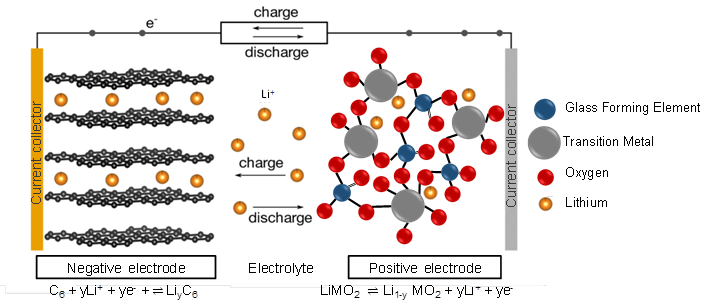
ESTELLA 2
Collaboration with NUS Singapore
ESTELLA 2
Leader: Julia Agullo
Amorphous cathodes for Li-ion batteries are experiencing renewed interest due to their practical capabilities, which can exceed those of conventional commercial oxide-based cathode materials. Despite slightly lower cell voltages, this could lead to significant improvements in energy density. However, known amorphous cathode materials still face serious challenges that prevent their practical application:
- High irreversible capacity
- Low electronic conductivity
- Limited cyclability
- Lack of understanding of the phenomena involved due to their amorphous state
- Glassy cathode compositions, generally based on toxic vanadium.
To gain a deeper understanding of the influence of transition metals, glass formers, and synthesis conditions on the electrochemical performance of the cathode material, a thesis in collaboration with CEA (Marcoule and Grenoble) and the National University of Singapore is proposed. The study will aim to combine different simulation approaches and experimental techniques, such as Machine Learning to design even more efficient cathode materials, computer modeling coupled with advanced in situ/operando characterization techniques, and finally the development and performance evaluation of the synthesized materials.
